Lawn Maintenance In The Northwest: Pacific Northwest Lawn Care Tips
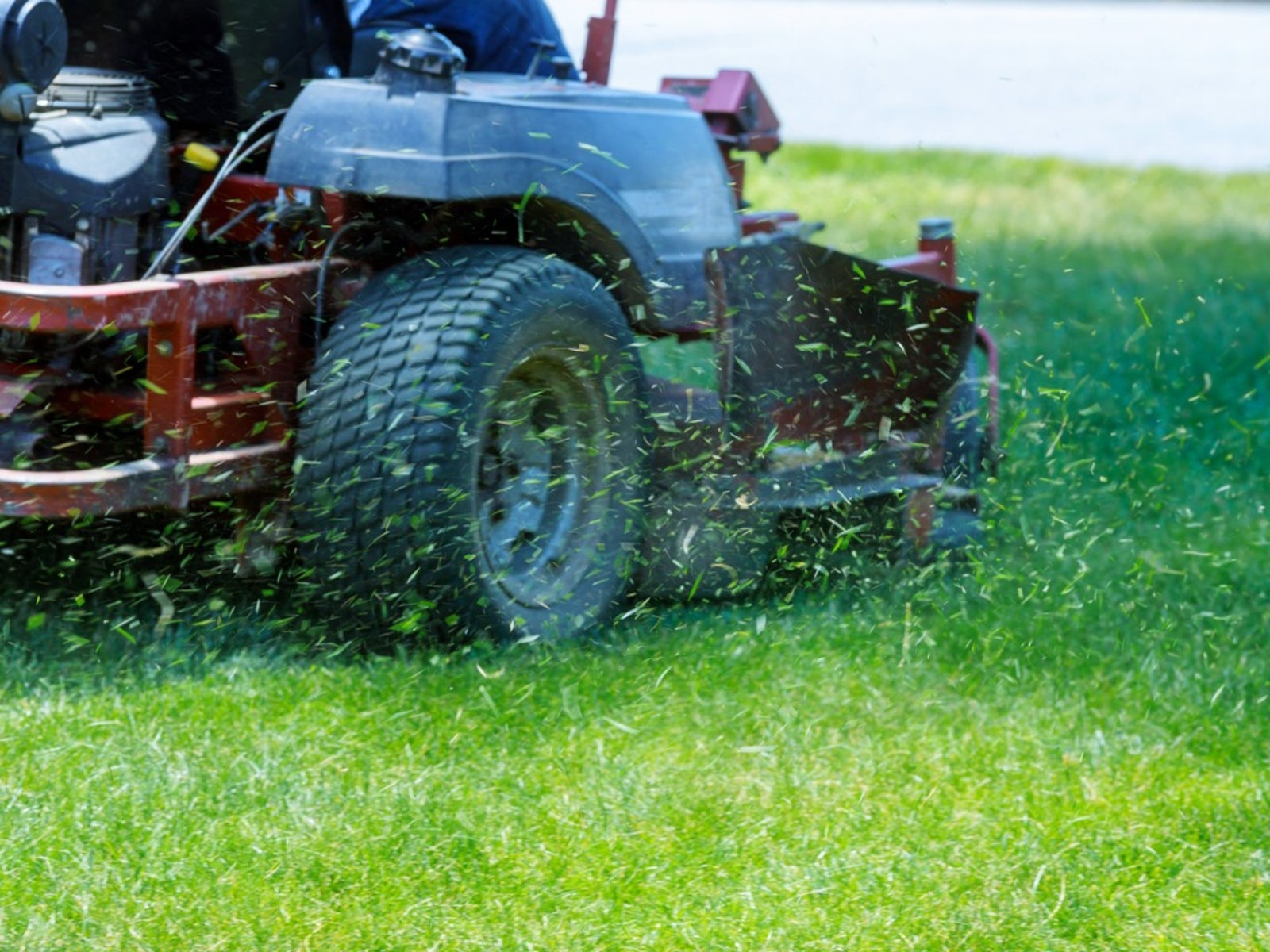
Some Pacific Northwest homeowners are true zealots when it comes to their grass. If you’re in this group and want the greenest, most luscious grass in the neighborhood, you need to follow a lawn care calendar; a timeline for Northwest lawns. In the Northwest, lawns are more prone to moss and certain weeds than other regions, which means Pacific Northwest lawn care is specific to the region. Read on to learn about lawn maintenance and when to grow grass in the Northwest.
When to Grow Grass in the Northwest
Turf grass is dormant during the winter months and then begins to grow when average daily temperatures are above 50 F (10 C) which is around late March to April for most of the Pacific Northwest. Grass grows most rapidly when temperatures warm to 70-75 F (21-24 C); May and early June for this region.
As summer temperatures soar grass begins to slow its growth, but picks right back up again in the late summer as temps cool. By October or so, accompanied by cold weather, frost and short days, grass goes dormant.
Lawn Maintenance in the Northwest
Lawn maintenance in the Northwest adheres to the same principal cultural practices as the rest of the country. For traditional lawns, turf grass needs mowing, fertilizing and irrigation, with mowing, surprisingly, being the most important. Other needs for a “perfect” lawn include aeration and overseeding.
While the practices may be the same in say, New England, the timing of lawn maintenance in the Northwest is different.
Pacific Northwest Lawn Care Calendar
Believe it or not, the timeline for Northwest lawn care begins in January. January is the month when you should pull out the mower and sharpen the blades and tune-up the engine. You could put this off until a later month, but really, what other gardening maintenance do you have to do in January?
February it is time to check for low areas in the lawn that collect water. Correct the drainage in these areas or replant with groundcover.
Gardening tips, videos, info and more delivered right to your inbox!
Sign up for the Gardening Know How newsletter today and receive a free copy of our e-book "How to Grow Delicious Tomatoes".
By March, things should have thawed and drained a bit. Now is the time to start a new lawn if you have plans to do so, provided it isn’t too wet. Also thatch the lawn if old roots and stems are over a half inch long (1+ cm.). If needed, begin irrigation. Dig or spot treat perennial weeds. IF needed, now is the first time you should mow. Mow to a height of 2 inches (5 cm.).
In April, rake and overseed any bare spots, provided the weather has warmed and isn’t too wet. In late April, fertilize with an organic or slow release food. Keep the lawn mowed to 2 inches (5 cm.) in height.
In May, it is time to check irrigation systems and make sure the lawn is getting an inch (5 cm.) of water weekly. Continue to mow every 5-7 days. Keep an eye out for dandelions and dig them out (if you want).
By June and July, temperatures are getting higher so water deeply and less often and never more than 2-3 times per week. Keep mowing as needed.
In late July to August when temps are at their peak, continue to water deeply to an inch (5 cm.) per week and mow regularly.
Additional Timeline for Northwest Lawns
By September, rain returns and additional irrigation is no longer needed. There are plenty of other duties to attend to though. Fall is the time to de-thatch, aerate and overseed as well as fertilize with a natural organic or slow release food.
If you have not done so, thatch, aerate, seed and install sod in October. Side dress an inch (5 cm.) of sifted compost if the soil is low on organic matter. Shut irrigation systems down and mow as needed.
In November or December, apply a winter fertilizer. Rake leaves if needed. No need to mow, as the lawn is going dormant.

Amy Grant has been gardening for 30 years and writing for 15. A professional chef and caterer, Amy's area of expertise is culinary gardening.
-
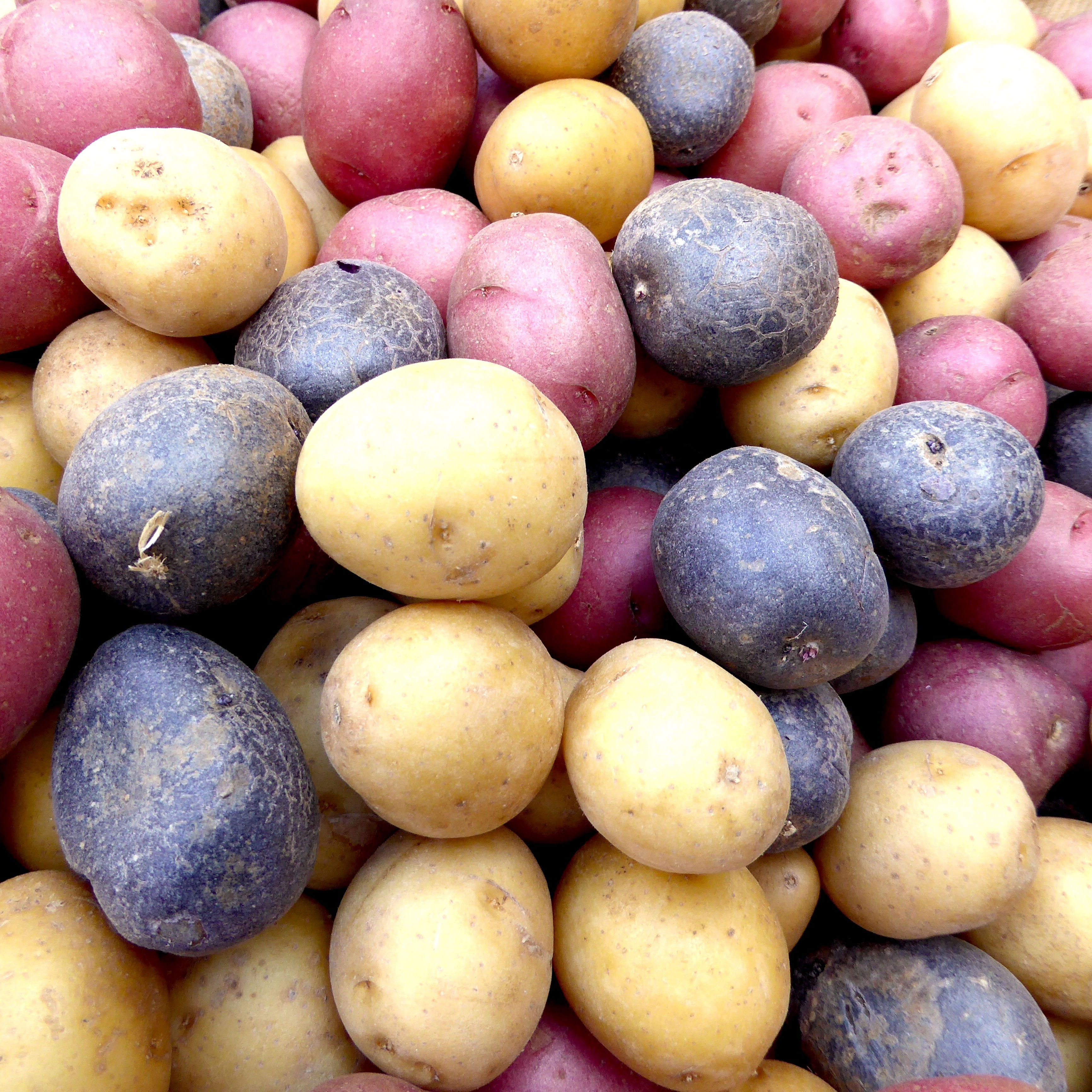 Tuck Into Tasty Homegrown Heritage Spud Varieties: 7 Of The Best Heirloom Potatoes
Tuck Into Tasty Homegrown Heritage Spud Varieties: 7 Of The Best Heirloom PotatoesDo you love your potatoes but fancy a little unique flavor? If you’re interested in taters with a heritage twist, here are some of the best heirloom potatoes to try
-
 Which Invasive Shrubs Should You Avoid Growing? Plus, Best Natives To Plant Instead
Which Invasive Shrubs Should You Avoid Growing? Plus, Best Natives To Plant InsteadCertain plants may look lovely but they can wreak havoc to local areas and native wildlife. Here are the key invasive shrubs to avoid – with recommendations on gorgeous native alternatives to try
-
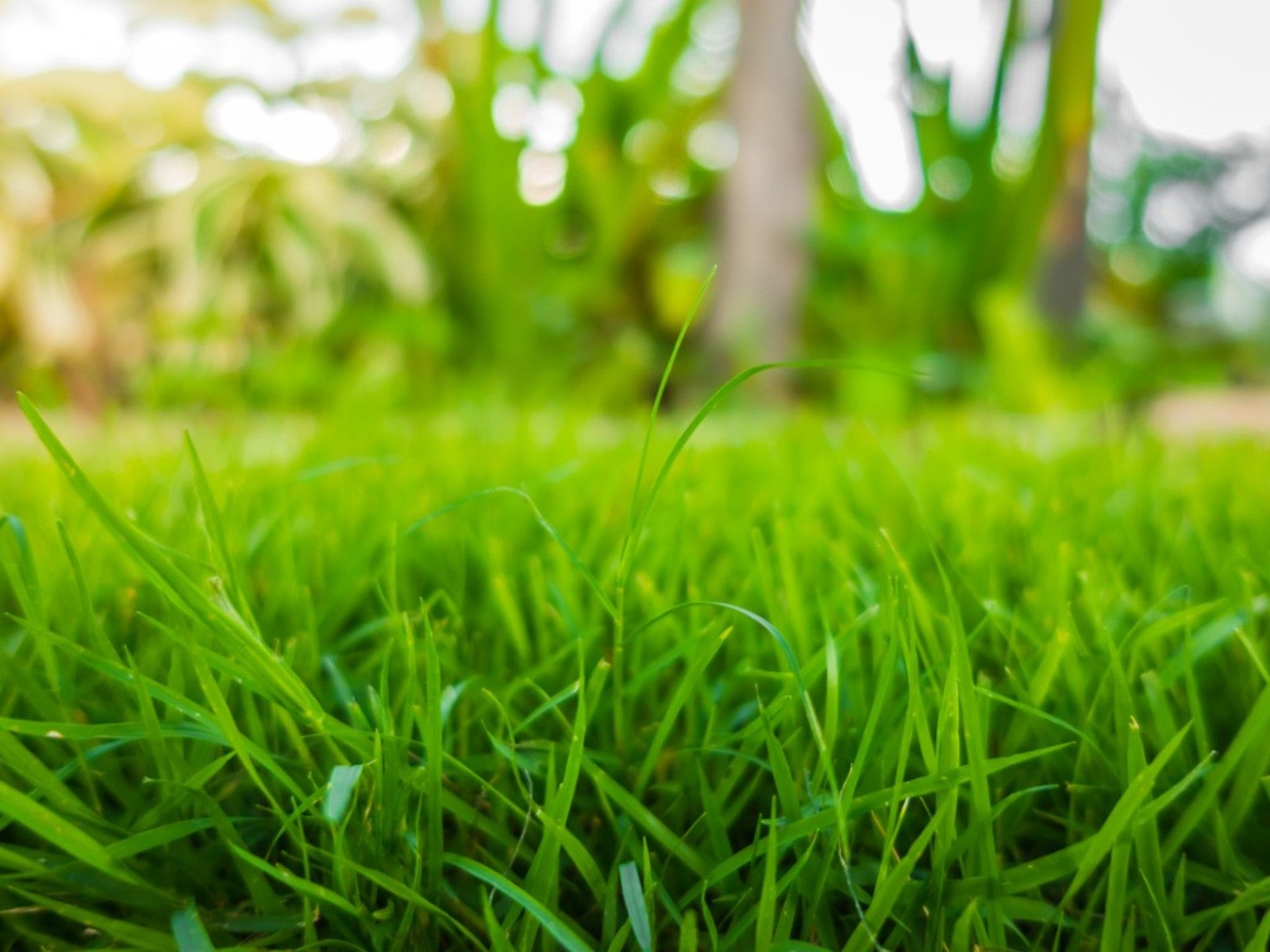 Sustainable Turf Species For A Greener Lawn
Sustainable Turf Species For A Greener LawnClick here for some of the most sustainable types of turf grass you can grow for an eco-friendly lawn.
-
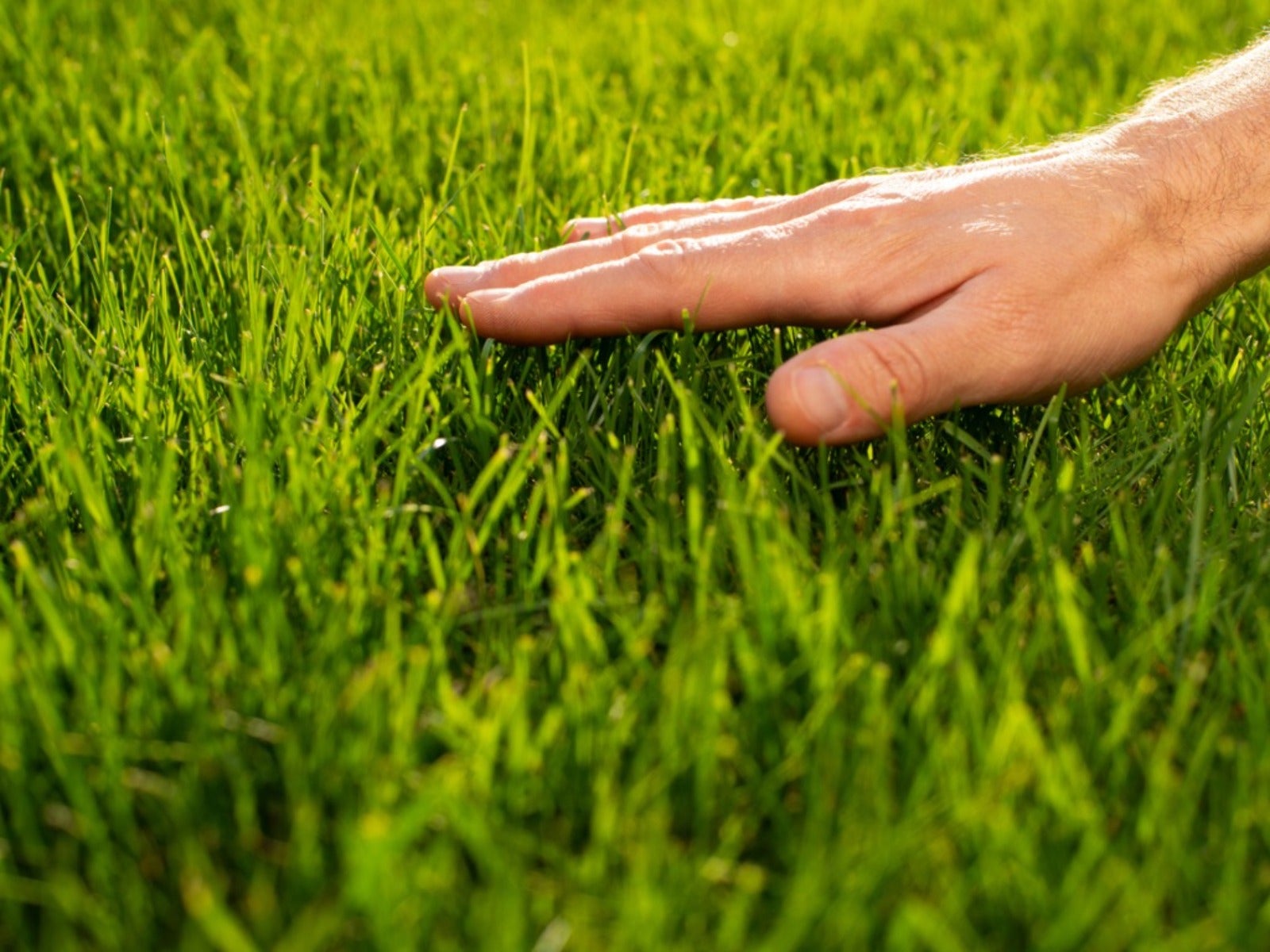 How To Grow A Sustainable Lawn
How To Grow A Sustainable LawnAdjust your thinking about a perfect green lawn and consider more sustainable methods. Click here to learn how.
-
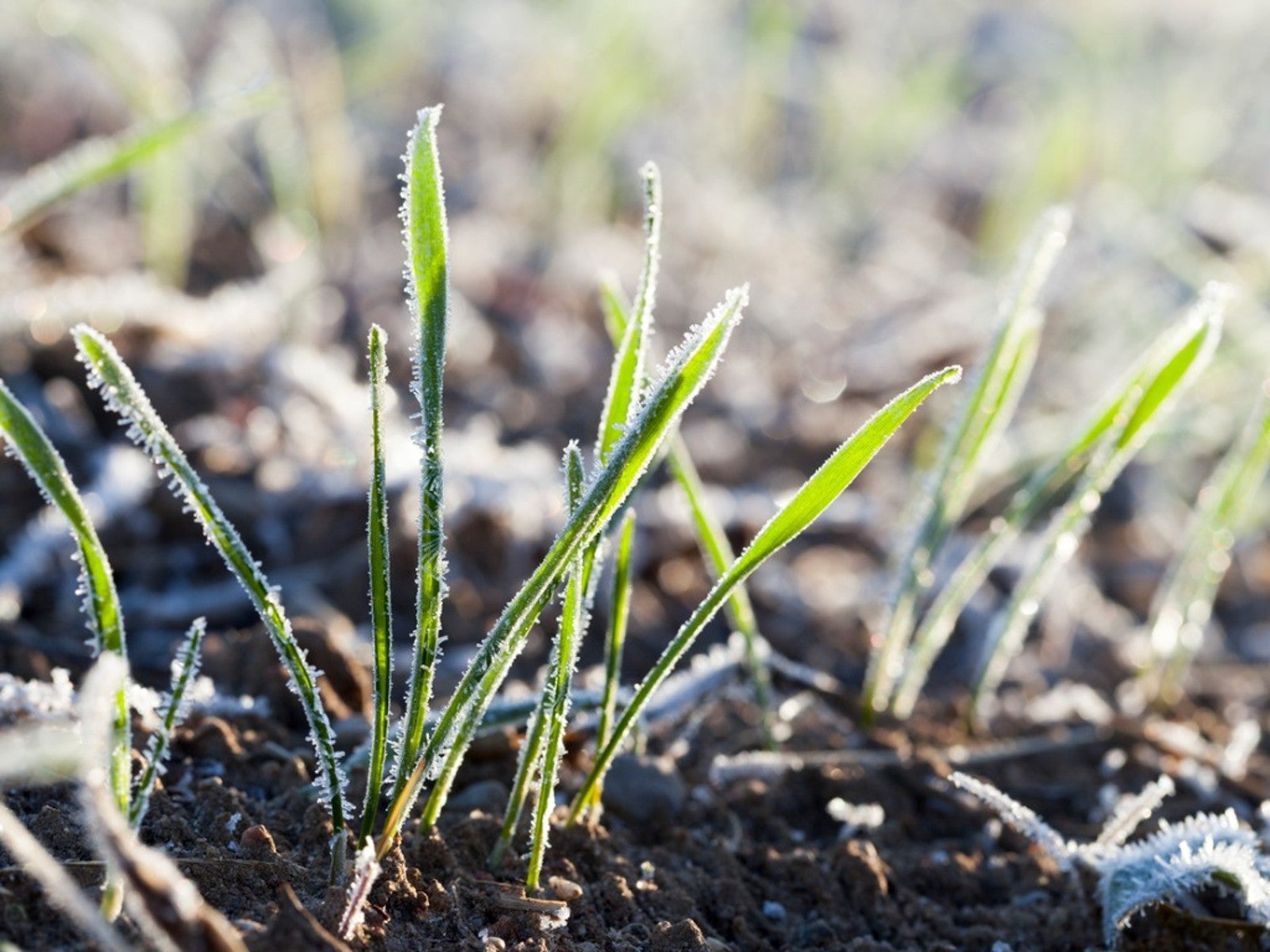 Will Frost Kill Grass Seed And How To Help New Turf Survive
Will Frost Kill Grass Seed And How To Help New Turf SurviveLearn how to help your newly sown grass survive frost and freezing weather.
-
 Lawn Problems That Aren’t Really Problems
Lawn Problems That Aren’t Really ProblemsYour lawn may not require as much work as you think. Learn which common problems aren’t really problems.
-
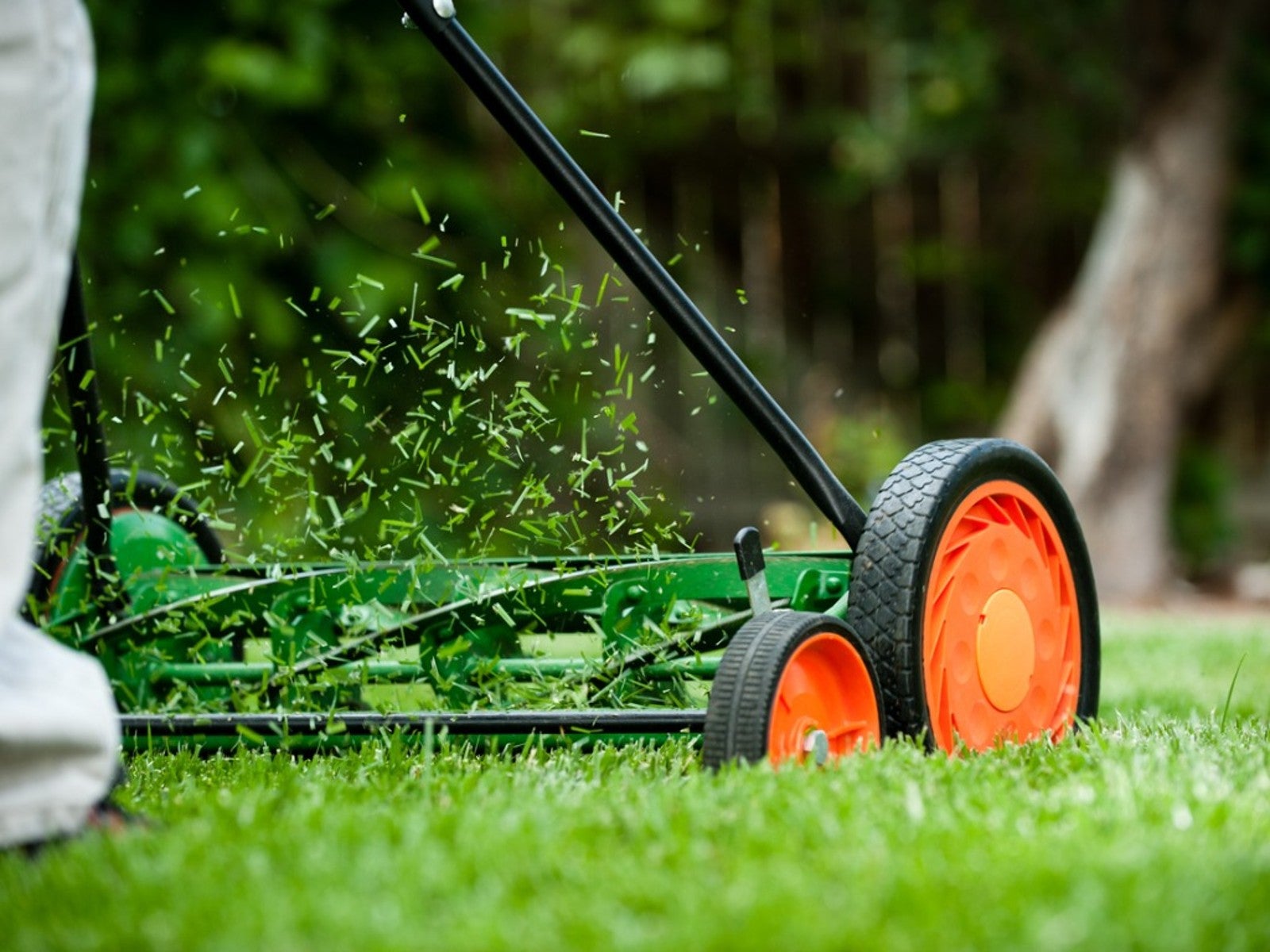 Why A Manual Push Mower Is Good For You And The Environment
Why A Manual Push Mower Is Good For You And The EnvironmentReel mowers are making a comeback, but why? Click here to learn about reel mower pros and cons.
-
 Fertilize Grass In Fall For A Lush Lawn In Spring
Fertilize Grass In Fall For A Lush Lawn In SpringFor everything you need to know about fertilizing your lawn in the fall, click here.
-
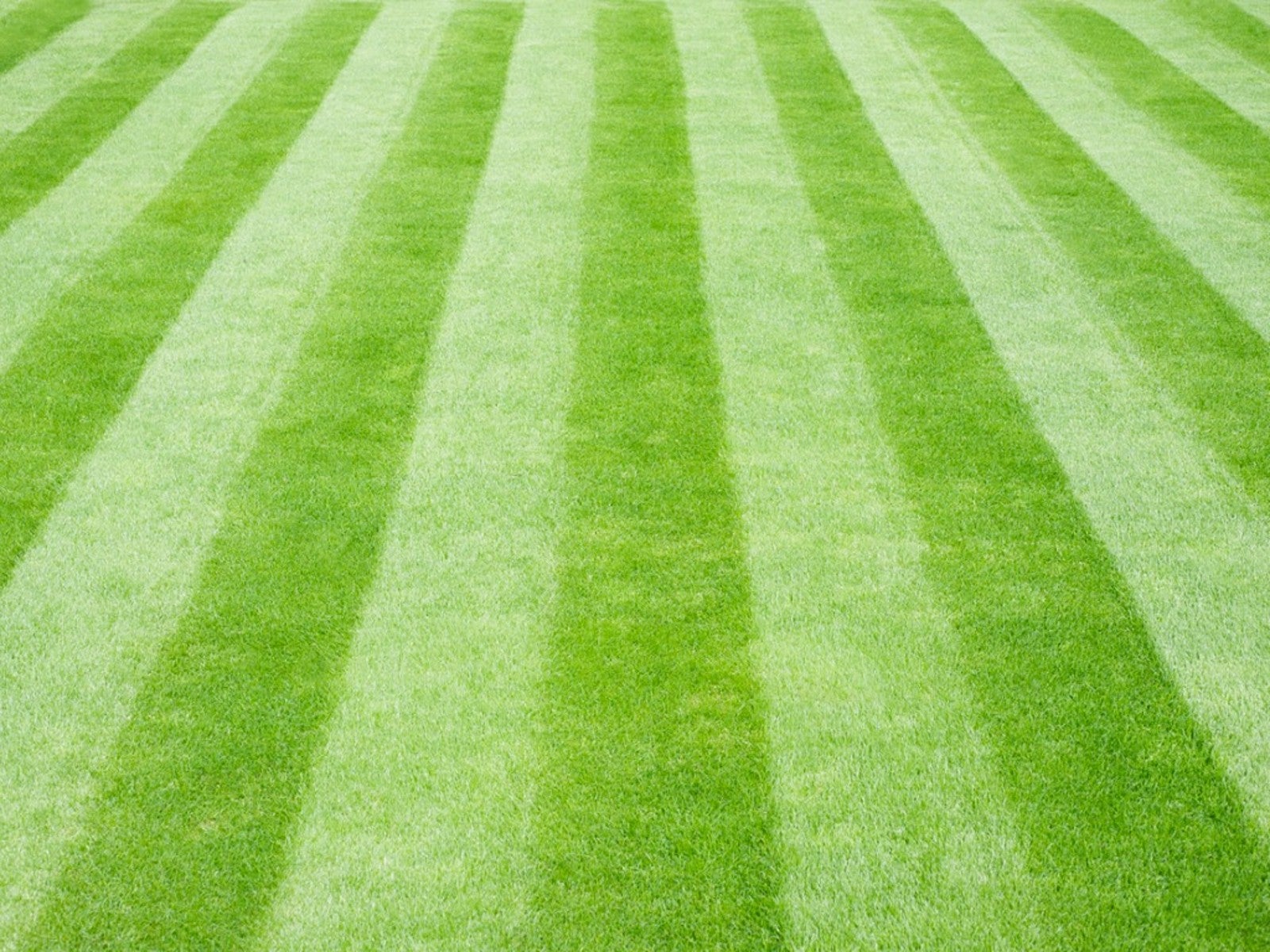 Tips For Mowing Stripes In Lawn
Tips For Mowing Stripes In LawnWouldn’t it be great to have stripes in your lawn like a sports field? Learn how here.
-
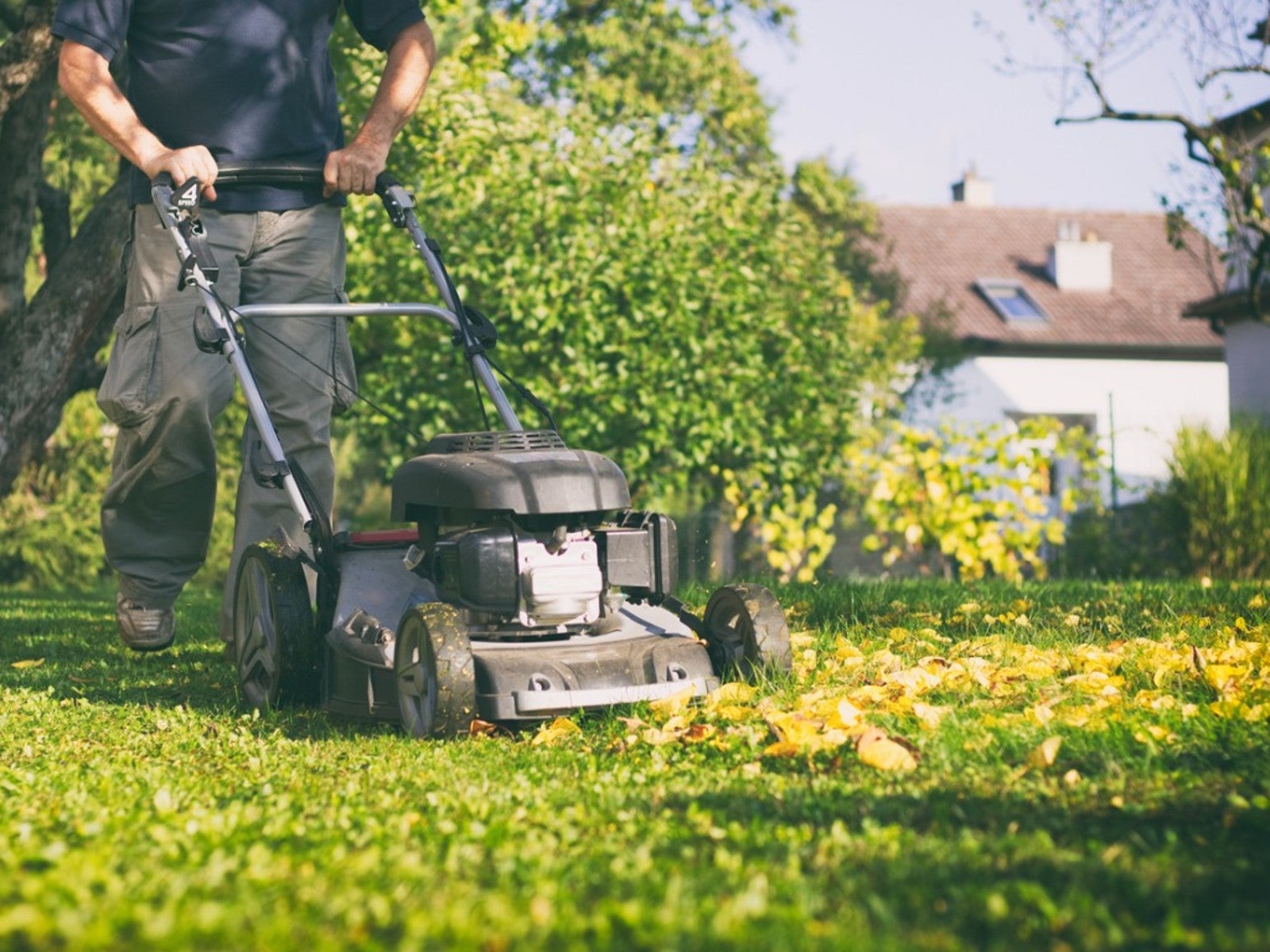 Late Summer Lawn Care Checklist
Late Summer Lawn Care ChecklistPlan to do some late summer care and maintenance of your lawn so it will be healthy and beautiful in the spring. Here are some tips.